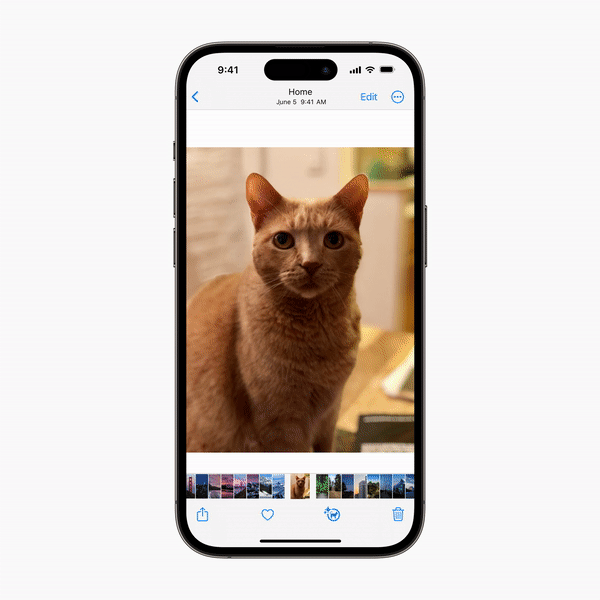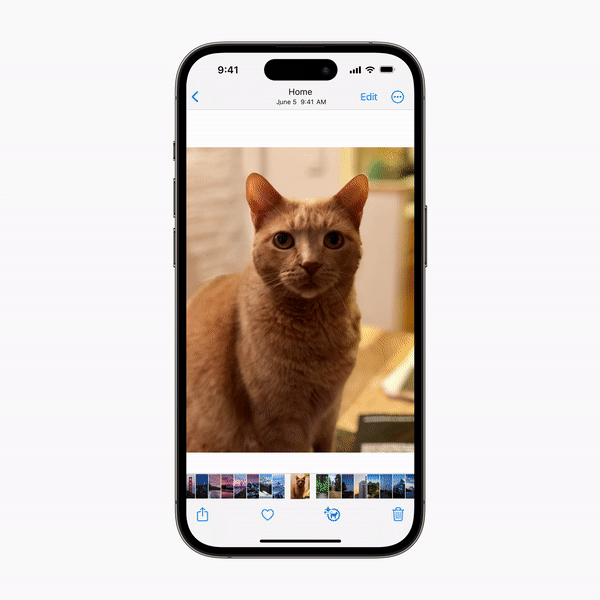
All the things Apple Sherlocked at WWDC 2023
At the Worldwide Developer Conference (WWDC) last week, Apple spent a lot of time discussing about new features and apps it is introducing with the next major releases of iOS, macOS, watchOS and iPadOS. A lot of those functionalities were available to users through third-party apps.
That means Apple “Sherlocked” some of these ideas — which is a term used for features the company got inspired by from third-party solutions. Essentially, people are likely to use system-integrated features more than third-party apps, and that affects the latter’s business.
The history behind “Sherlocked”
But why do people talk about “Sherlocking” in the first place? Apple released a search app named Sherlock for macOS 8 in the late 90s. The tool was aimed at searching the web and files on users’ local systems.
Meanwhile, a company called Karelia Software had a $29 search app named Watson with some better features like plug-ins for improved internet search. In 2002, Apple released Sherlock 3 with features similar to Watson, making Karelia’s app redundant and eventually forcing the company to close down.
Let’s take a look at how Apple got inspired and baked some features into its system this year.
Feature: Journaling app
Sherlocked app: Day One, Obsidian
Apple introduced a new journaling app at the WWDC. While the app will be released later this year, it has features like personalized suggestions based on your location, activities, photos, music, and workouts. Apple is also offering access to these suggestions through an API, so journaling apps like Day One could benefit from integrating them.
The company’s Journal app will let you set a notification for the start or end of the day so it can remind you to write. The app will also let users lock their journals to keep the journal private.
Feature: Namedrop
Sherlocked app: Bump
Is it a Sherlock if the app doesn’t exist? Who knows. Originally released in 2009, Bump’s aim was to easily let you exchange information between devices. This year, Apple released a feature called Namedrop which easily lets two iPhone users initiate an exchange through Airdrop without the extra steps.
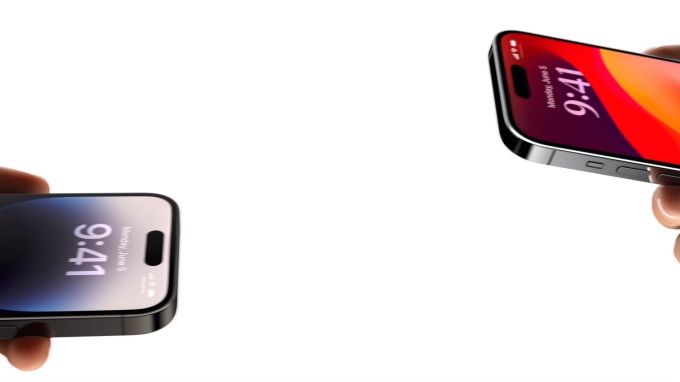
Image Credits: Apple
Feature: Presenter overlay
Apple’s presenter overlay feature lets you be on the screen as a cutout or in a bubble so attendees don’t have to look at two tiles. Apps like mmhmm and Loom have been doing similar work for a while now. Though these apps have extended functionality like async video, Apple’s new features, such as per-app screen sharing and reactions, might take some shine off these.

Image Credits: mmhmm
Feature: Stickers
Sherlocked apps: Sticker Drop, Sticker.ly
Last year, Apple introduced a feature to let you lift a subject out of a picture or a video. So indie appmakers like Aaron Stephenson took advantage of it to convert these objects into a picture. With iOS 17, Apple has baked this functionality into the system. Users can also add live effects to these stickers. Plus, the operating system update will make it easier for you to find stickers through the keyboard.
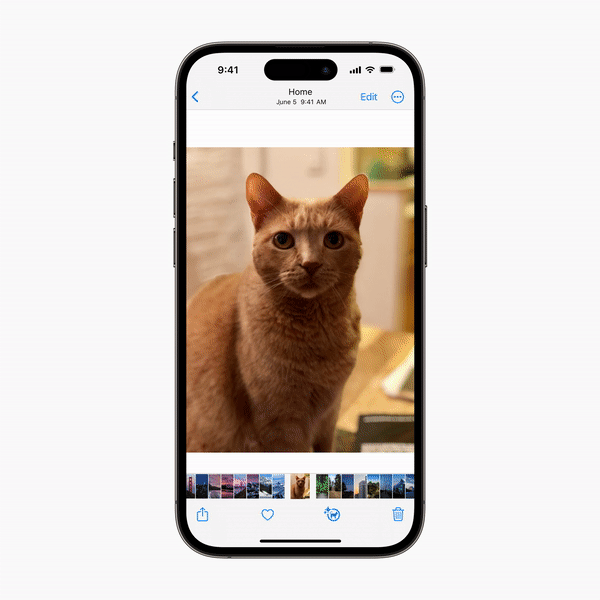
Image Credits: Apple
Feature: Mood logging
Sherlocked apps: Daylio, Moodnote
Apple introduced mood logging with iOS 17, allowing you to log your mood for that moment or the whole day. Also, you can pinpoint emotions that you are feeling along with factors that are affecting your mood. The Health app will start showing you insights after a few mood-logging sessions. Other mood loggers have additional features like journaling, but then Apple is introducing its own Journal app as well.

Image Credits: Apple
Feature: Web app
Sherlocked app: Unite
Apple’s new feature for macOS Sonoma will let users dock websites as web apps. These apps will open in a different and minimal interface so maybe we will see fewer Electron apps. According to an engineer who ran some tests, these converted web apps on macOS Sonoma take up less memory than Electron apps. Unite’s use case is to convert some websites into native apps, but if a website doesn’t need a ton of native functionality, it’s easier just to turn websites into apps without additional cost.
Feature: Widgets on Mac/Interactive Widgets
Sherlocked apps: Wdgts 2, Widgetwall, Widgetsmith
At WWDC, Apple announced that users will be allowed to cover their Mac desktops with widgets, which was possible if you used apps like Widgetwall. Until now, widgets were only available in the sidebar. The company said that if you open an app, widgets will automatically fade away.
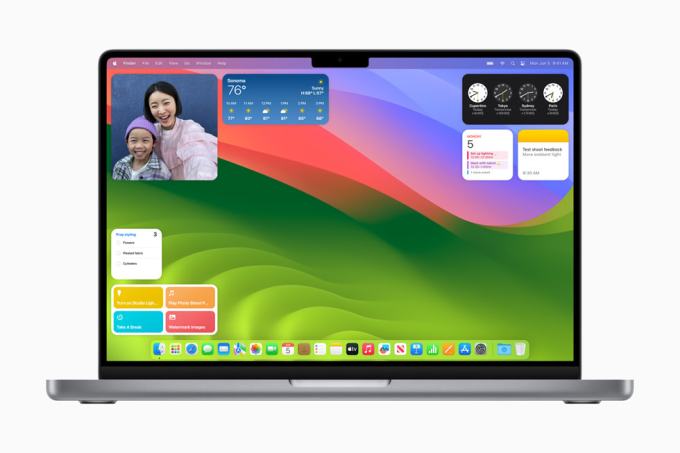
Image Credits: Apple
Additionally, with the introduction of interactive widgets in iOS 17, users might need fewer custom widgets with apps like Widgetsmith. However, the app’s developer David Smith has said that he will work on integrating custom widgets to make customization more attractive.
Feature: Hiking tracking
Sherlocked apps: Topo
WatchOS 10 introduces a ton of new hiking features including topographical maps, a new view in The Compass app that includes waypoints like like cellular towers, and the last emergency call waypoint to keep hikers on track. It also provides a new elevation view with an altimeter and waypoints. One of the most popular hiking apps Topo offers some of these features as core functionality for the app.
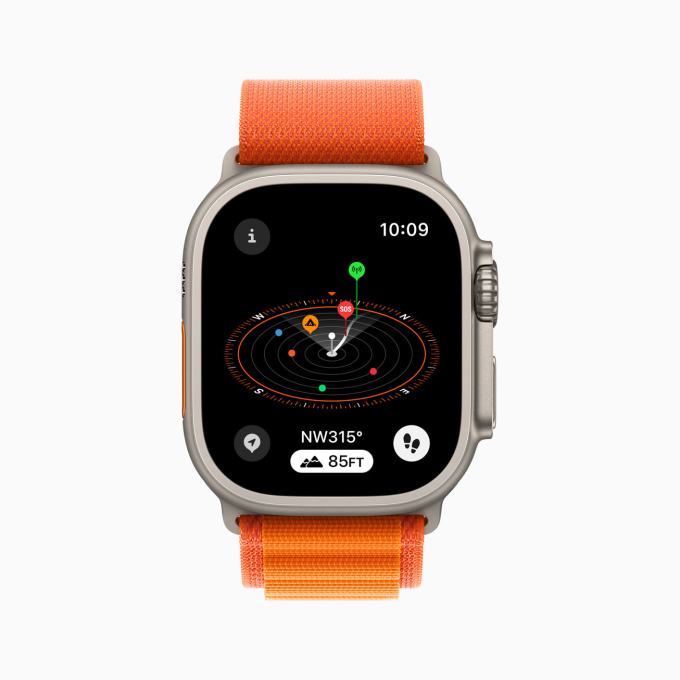
Image Credits: Apple
Apple is in a tricky situation as the company is facing regulatory pressure about its grip on app distribution. Meanwhile, the company has published several reports — including some based on third-party research — to indicate how the App Store supports a lot of developers and businesses.

